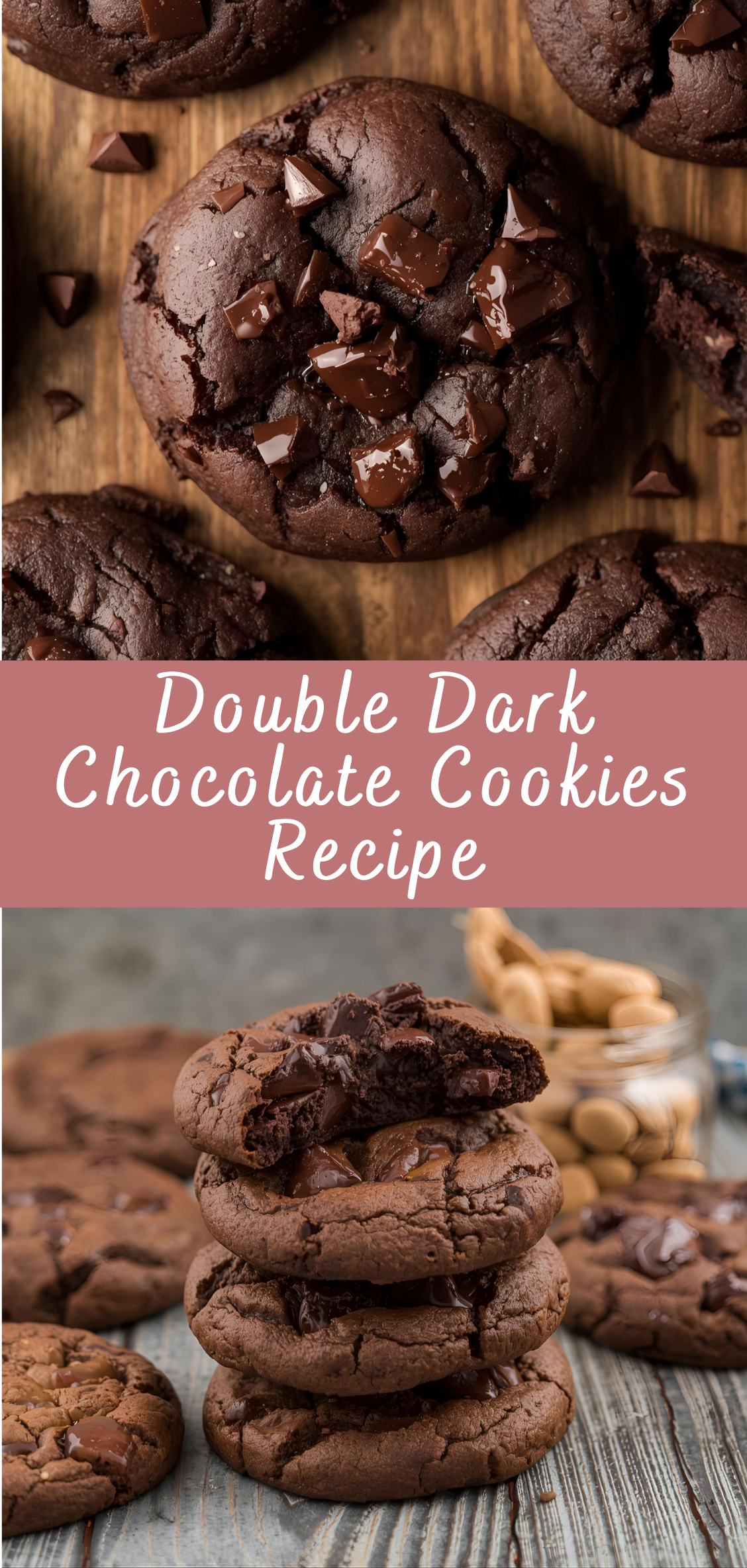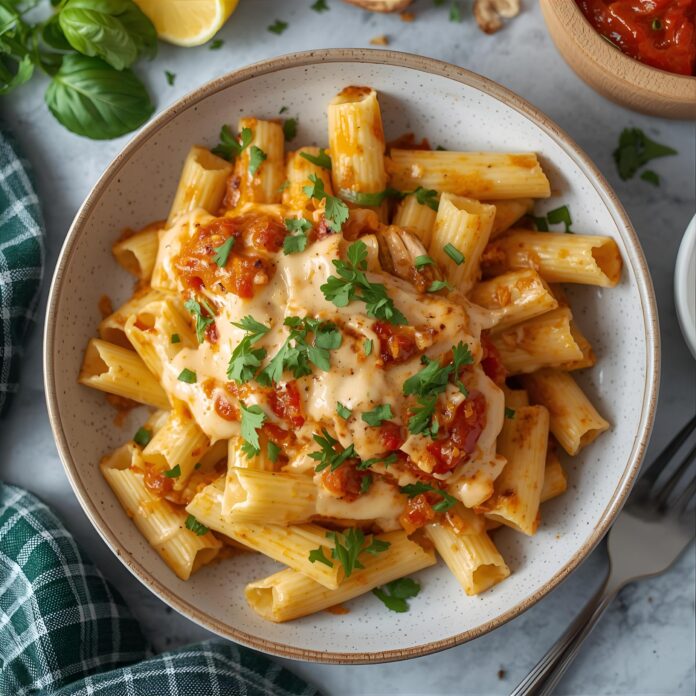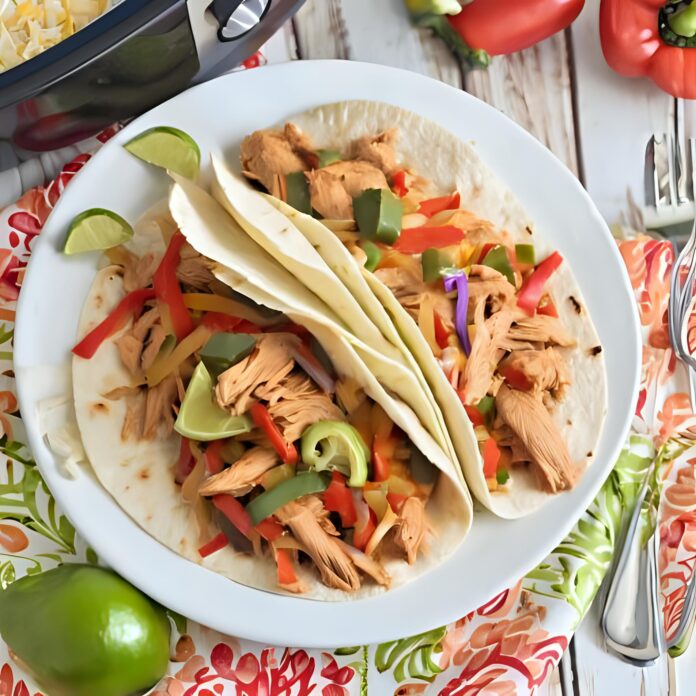The Ultimate Double Dark Chocolate Cookies Recipe
There’s something universally comforting about the simple act of biting into a warm, gooey cookie. It’s a nostalgic experience, often tied to childhood memories, cozy evenings, or the rich scent of a bustling kitchen. But when that cookie is infused with an intense double dose of dark chocolate, the experience transcends nostalgia—it becomes indulgence in its purest form.

Welcome to the ultimate guide to crafting the perfect Double Dark Chocolate Cookie. This isn’t your average cookie recipe hastily scribbled on the back of a flour bag. This is a deep exploration of flavor, texture, technique, and science—a celebration of everything that makes the double dark chocolate cookie the crown jewel of the baking world.
Chocolate lovers, rejoice. This guide is for you.
In the pages that follow, we will walk through every step of the process, starting from understanding the types of chocolate, the importance of ingredient quality, and the baking techniques that result in that ideal balance: a crisp edge, a fudgy center, and an explosion of rich chocolate in every bite.
Whether you’re a home baker looking to improve your skills or a seasoned pastry enthusiast aiming to perfect your craft, this comprehensive recipe will not only guide you to cookie perfection—it will help you understand why each element matters.
Ingredients: Understanding the Foundation of Flavor
Before we preheat the oven or pick up a mixing bowl, it’s important to appreciate the role of each ingredient. The magic of these cookies lies not only in the quality of components but in how they interact.
Dry Ingredients
-
1 1/4 cups (160g) all-purpose flour
Flour gives structure to the cookie. All-purpose flour provides a balance between tenderness and chewiness. Too much, and your cookies will be dry; too little, and they’ll collapse. -
1/2 cup (40g) unsweetened dark cocoa powder (preferably Dutch-processed)
This is where the first layer of dark chocolate comes in. Dutch-processed cocoa has been alkalized to reduce acidity, giving it a smoother, richer taste and darker color. -
1/2 teaspoon baking soda
Baking soda helps the cookies spread and contributes to a slightly crisp edge. It also helps neutralize acidity from certain ingredients. -
1/2 teaspoon sea salt (fine)
Salt enhances the flavor of chocolate, balancing sweetness and deepening the complexity of taste.
Wet Ingredients
-
3/4 cup (170g) unsalted butter, at room temperature
Butter is the fat that makes cookies rich and tender. Using unsalted butter gives you control over the salt level. -
1 cup (200g) packed dark brown sugar
Brown sugar adds moisture due to its molasses content, contributing to a fudgy texture and rich flavor. -
1/3 cup (65g) granulated sugar
White sugar contributes to spreading and gives the edges a slight crispness. -
2 large eggs, room temperature
Eggs bind the ingredients together, provide structure, and add moisture. Room temperature eggs incorporate more easily and evenly. -
2 teaspoons pure vanilla extract
Vanilla adds depth and rounds out the flavor of the chocolate.
The Double Chocolate Element
-
1 1/2 cups (270g) dark chocolate chips or chunks (70% cacao preferred)
These provide molten pockets of melted chocolate throughout the cookie. Use high-quality chocolate for maximum flavor. -
Optional: 1/2 cup (85g) bittersweet chocolate chunks or chopped bar chocolate
This is for texture contrast—a mix of chips and chunks gives varied melting points and mouthfeel.
Step-by-Step Instructions: Crafting the Perfect Cookie
This section offers a detailed breakdown of the preparation process. Each step is designed to ensure maximum flavor development and ideal texture.
Step 1: Prepare Your Ingredients
Before beginning, ensure all ingredients are measured precisely. Baking is a science—small variances can lead to big differences.
-
Bring eggs and butter to room temperature. This takes about 30–45 minutes. Room temperature ingredients emulsify better, resulting in a more uniform dough.
-
Pre-measure and sift dry ingredients. In a medium bowl, sift together flour, cocoa powder, baking soda, and salt. Sifting removes lumps and ensures even mixing.
Step 2: Cream the Butter and Sugars
-
In a stand mixer fitted with the paddle attachment (or using a hand mixer and large bowl), cream together the softened butter, dark brown sugar, and granulated sugar on medium-high speed for 3–4 minutes.
Why this matters:
Creaming incorporates air into the dough, which helps give the cookies lift. The sugar crystals also cut into the butter, aiding in that aeration process.
-
The mixture should become light, fluffy, and slightly paler in color.
Step 3: Add Eggs and Vanilla
-
Add the eggs one at a time, mixing well after each addition.
-
Scrape down the sides of the bowl after each egg to ensure even blending.
-
Add vanilla extract and beat for another 30 seconds until fully incorporated.
Tip: Don’t rush this step. Properly emulsifying the eggs prevents the dough from splitting and helps maintain structure.
Step 4: Incorporate the Dry Ingredients
-
Reduce the mixer speed to low. Gradually add the sifted dry ingredients in two additions.
-
Mix until just combined. Do not overmix—the moment no visible streaks of flour remain, stop the mixer.
Why this matters:
Overmixing develops the gluten in the flour too much, leading to tough or cakey cookies instead of tender, fudgy ones.
Step 5: Fold in the Chocolate
-
Using a rubber spatula or wooden spoon, fold in the dark chocolate chips and optional chunks.
Pro tip:
Reserve a handful of chocolate pieces to press on top of the dough balls before baking. This gives your cookies a professional, bakery-style appearance.
Step 6: Chill the Dough
-
Transfer the dough to a bowl, cover with plastic wrap, and chill in the refrigerator for at least 2 hours, preferably overnight.
Why chill the dough?
-
Flavor development: Resting the dough allows the flavors to meld and deepen.
-
Texture improvement: It also allows the flour to fully hydrate and helps prevent overspreading during baking.
-
Better structure: Cold dough retains its shape better and leads to a fudgier center with a crisp edge.
Step 7: Preheat the Oven and Prepare Baking Sheets
-
Preheat your oven to 350°F (175°C).
-
Line two large baking sheets with parchment paper or silicone baking mats. These prevent sticking and promote even baking.
Step 8: Scoop and Shape the Cookies
-
Use a 2-tablespoon cookie scoop or roll dough into balls about 1.5 inches in diameter. Place them 2 inches apart on the prepared baking sheets.
-
Gently press a few extra chocolate chunks on top of each cookie for a visually appealing finish.
Optional: Sprinkle a few flakes of sea salt on top of each dough ball before baking for a gourmet twist.
Step 9: Bake the Cookies
-
Bake for 10–12 minutes, or until the edges are set but the centers still look slightly underdone. Do not overbake.
Key indicator:
The tops should be slightly cracked, and the cookies should look puffed in the center but begin to collapse as they cool.
Step 10: Cool and Set
-
Allow cookies to cool on the baking sheet for 5 minutes before transferring to a wire rack.
Why this is important:
They continue to cook slightly from residual heat. Moving them too early can cause them to break.
Double Dark Chocolate Cookies Recipe
There’s something universally comforting about the simple act of biting into a warm, gooey cookie. It’s a nostalgic experience, often tied to childhood memories, cozy evenings, or the rich scent of a bustling kitchen. But when that cookie is infused with an intense double dose of dark chocolate, the experience transcends nostalgia—it becomes indulgence in its purest form.
Ingredients
- 1 cup (226g) unsalted butter, softened
- 1 cup (200g) packed dark brown sugar
- 1/2 cup (100g) granulated sugar
- 2 large eggs
- 1 tsp pure vanilla extract
- 1 1/4 cups (105g) unsweetened dark cocoa powder (Dutch-processed preferred)
- 1 3/4 cups (220g) all-purpose flour
- 1 tsp baking soda
- 1/2 tsp salt
- 1 1/2 cups (270g) dark chocolate chips or chunks (60–70% cacao)
- (Optional) 1/2 cup chopped walnuts or pecans
Instructions
- Preheat oven to 350°F (175°C). Line baking sheets with parchment paper.
- In a large bowl, cream together the softened butter, brown sugar, and granulated sugar until light and fluffy (2–3 minutes).
- Add eggs, one at a time, beating well after each addition. Stir in the vanilla extract.
- Sift in the dark cocoa powder, flour, baking soda, and salt. Mix until just combined — do not overmix.
- Fold in the dark chocolate chips (and nuts if using).
- Using a cookie scoop or tablespoon, drop dough onto prepared baking sheets, spacing about 2 inches apart.
- Bake for 10–12 minutes. Cookies should be puffed with slightly crackled tops. Centers will look soft — that’s okay.
- Let cool on the baking sheet for 5 minutes, then transfer to a wire rack to cool completely.
Notes
- For extra gooey cookies: Slightly underbake and allow to cool on the tray.
- Freeze: Dough balls can be frozen for up to 3 months. Bake from frozen — just add 1–2 minutes to baking time.
- Use high-quality cocoa and dark chocolate for best flavor. Valrhona, Ghirardelli, or Guittard are great options.
- For a salted chocolate twist, sprinkle sea salt flakes on top before baking.



